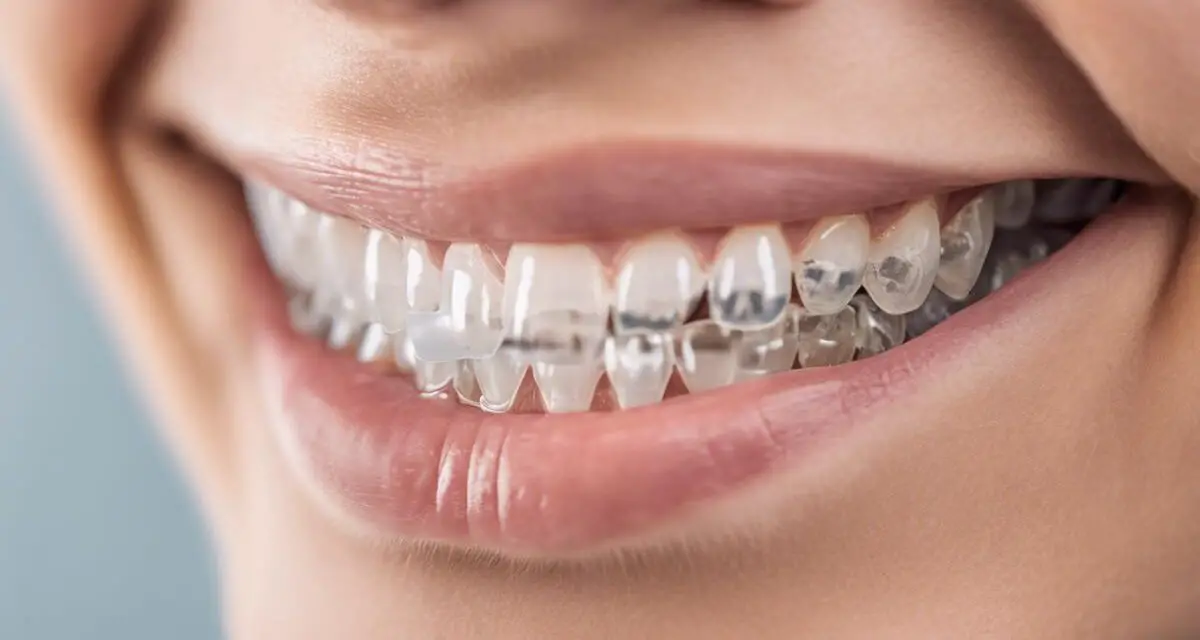Understanding Invisalign Insurance Coverage
Many dental insurance plans consider Invisalign like traditional braces, offering coverage which can significantly reduce out-of-pocket costs. Key factors such as whether your plan includes orthodontic benefits, the age limit for coverage, and whether your provider is in-network can all affect the level of coverage available. A thorough review of your insurance plan and direct dialogue with your insurance provider are crucial steps toward understanding your specific Invisalign coverage.
While every plan varies, orthodontic coverage typically has a lifetime limit rather than renewing annually. This emphasizes the importance of understanding not just if Invisalign is covered but also to what extent. If direct insurance coverage falls short, alternatives like Health Savings Accounts (HSAs), Flexible Spending Accounts (FSAs), or dental savings plans might help. Maintaining open communication with both your selected Invisalign provider and your insurance company is important. Together, they can help clarify the costs involved and work towards making your path to a straighter smile achievable.
Factors Influencing Invisalign Insurance Eligibility
When considering Invisalign, it’s crucial to explore the factors that may influence your insurance eligibility. One key aspect is whether your dental insurance categorizes Invisalign as an orthodontic treatment or a cosmetic procedure. The distinction matters because orthodontic treatments often have specified coverage, while cosmetic procedures are rarely covered. Review your policy or consult your insurance representative to understand your plan’s specifics. This step can help maximize your benefits and plan financially for your treatment.
Age restrictions and medical necessity also play roles in insurance considerations for Invisalign. Certain plans only cover orthodontic treatments up to a specific age, commonly for dependents until 19 or sometimes into young adulthood. Insurance providers may require documentation proving that Invisalign is medically necessary for functional dental health, not just cosmetic reasons. This can include records from your orthodontist outlining the necessity of alignment correction for overall oral health. Understanding these aspects helps bridge the gap between desire for Invisalign and tangible steps to acquire it, with a positive outlook for potentially reducing personal financial burden.
Maximizing Your Invisalign Insurance Benefits
Embarking on the journey to achieve a perfect smile with Invisalign might seem daunting financially at first. But there are practical steps you can take to maximize your insurance benefits and make this treatment more accessible. Familiarizing yourself with the specifics of your dental insurance is key. While some plans cover orthodontic treatments like Invisalign, identifying whether your treatment is classified as orthodontic or cosmetic can make a significant difference. Having clear discussions with your insurance provider about this distinction can pave the way for unexpected financial relief.
Many Invisalign providers are willing to work closely with patients to navigate insurance policies. They often offer advice on managing out-of-pocket expenses and can sometimes propose in-office financing plans or monthly payment schemes for those whose insurance might not cover the full cost. Such conversations alleviate financial stress and reinforce the caring relationship between patient and practitioner. While the path to acquiring Invisalign might seem layered with financial challenges, a proactive attitude towards maximizing your insurance benefits can significantly demystify the process, leaving you focused on the end goal—a radiant smile that reflects your dedication.
Navigating Out-of-Network Invisalign Providers
When opting for an Out-of-Network Invisalign provider, the journey towards your perfect smile might appear more complex, but not insurmountable. The initial steps involve understanding your insurance’s out-of-network coverage. While in-network providers have agreements with insurance companies offering possibly lower rates, out-of-network providers may still accept your insurance but without those negotiated rates. This requires looking closely at your plan’s outlines for out-of-network care.
Communicate with the out-of-network Invisalign provider to understand the total cost of treatment upfront. This transparency allows you to make informed decisions and plan your financing. Remember to compile all necessary documentation and receipts. This can ease the reimbursement process with your insurance company, ensuring you’re reimbursed according to your plan. While it may require extra steps, such as submitting claims yourself, the path to achieving your smile goals doesn’t have to be burdensome. With patience and the right information, navigating out-of-network Invisalign treatment becomes manageable, aligning not just your teeth, but your peace of mind too.
Alternative Financing Options for Invisalign
Navigating the financial aspect of Invisalign treatment without direct insurance coverage doesn’t have to be daunting. Understanding alternative financing options can smooth the path to achieving the smile of your dreams. One popular method is exploring payment plans offered by Invisalign providers. These plans often allow you to spread the cost over several months or even years, making the treatment more manageable financially. You’d typically pay a deposit upfront, followed by smaller monthly payments. This approach simplifies budgeting and opens up Invisalign treatment to a wider audience.
Another option is third-party financing, such as CareCredit. This credit card is designed for healthcare expenses and offers various financing options for Invisalign treatment, including low to no interest payment plans for qualifying purchases. By using CareCredit, you can start your treatment right away and pay for it over time with monthly payments that fit your budget. Health Savings Accounts (HSAs) and Flexible Spending Accounts (FSAs) can also be used. These accounts allow you to use pre-tax dollars to pay for eligible healthcare expenses, including Invisalign.1 This method lowers your overall health care costs and makes use of benefits you already have. Understanding and utilizing these options brings us closer to realizing that a beautiful, straight smile is within reach, without the support of traditional dental insurance coverage.
In conclusion, understanding your Invisalign insurance coverage and exploring alternative financing options are key steps toward achieving your dream smile without undue financial strain. Engage in open discussions with both your insurance provider and Invisalign specialist. This proactive approach illuminates the path ahead and ensures that you’re well-prepared to navigate the financial aspects of your treatment journey with confidence.









